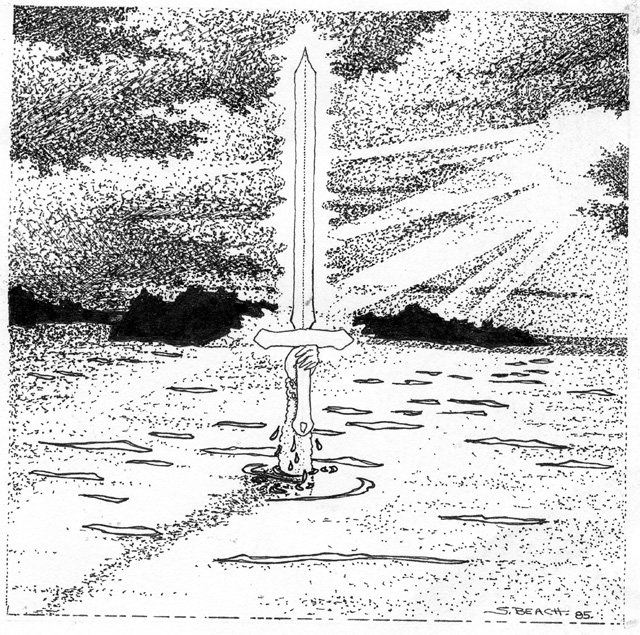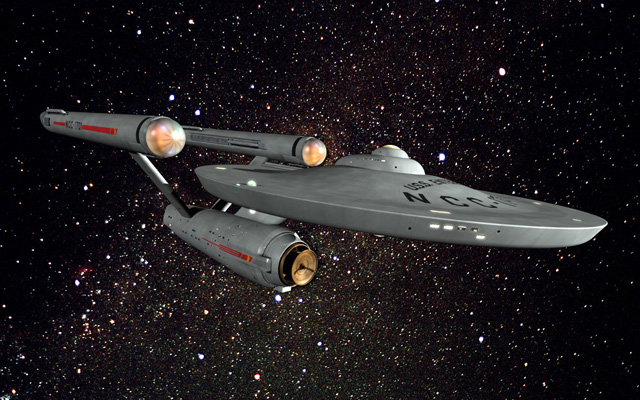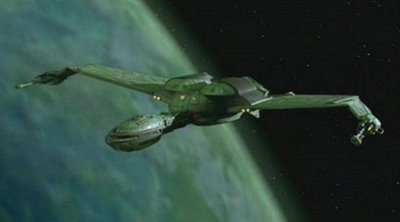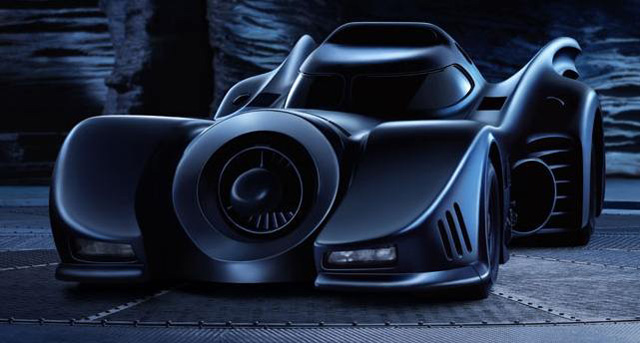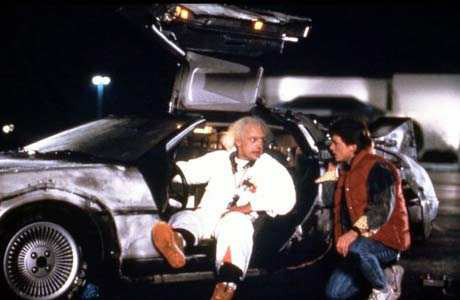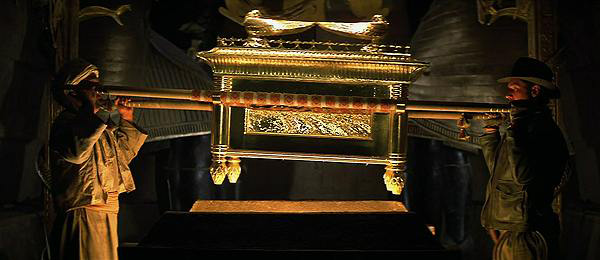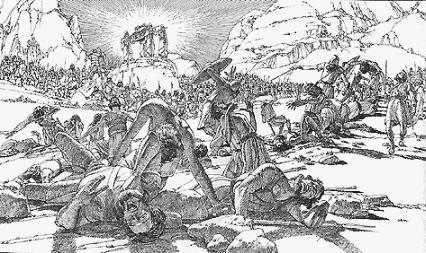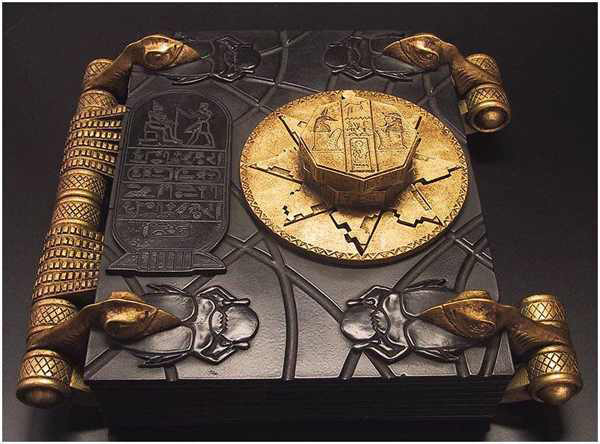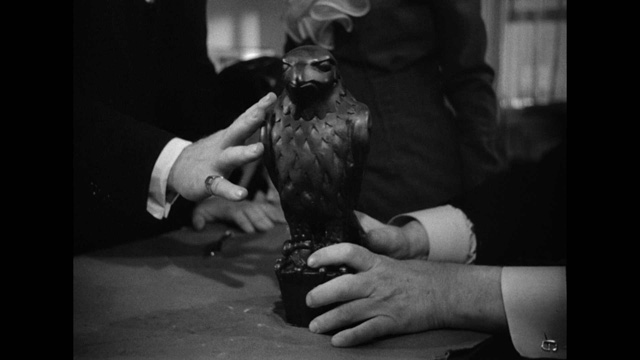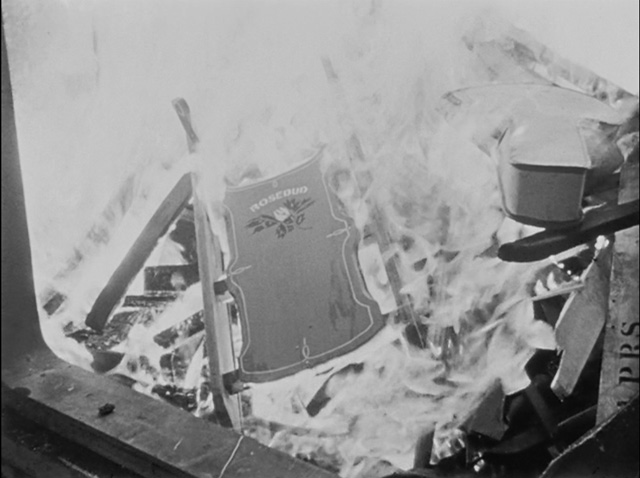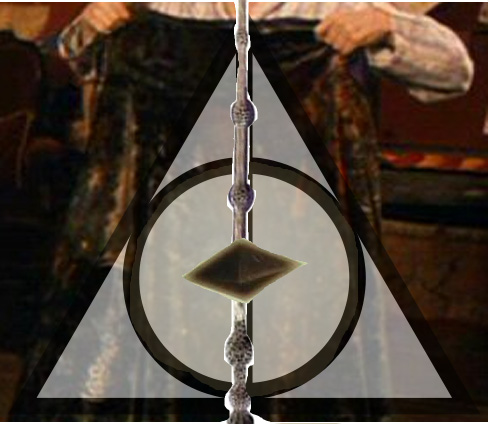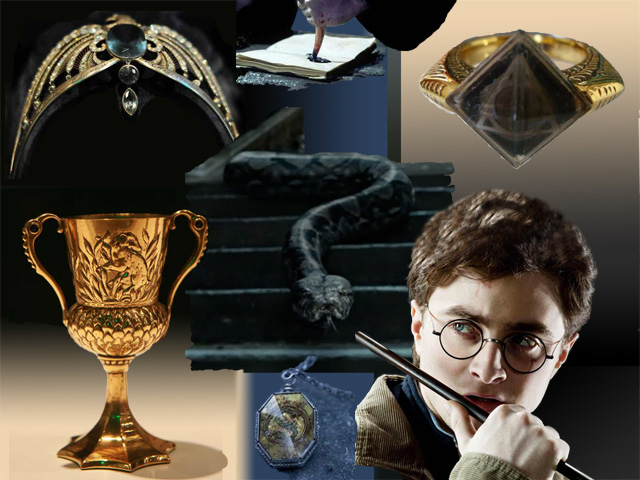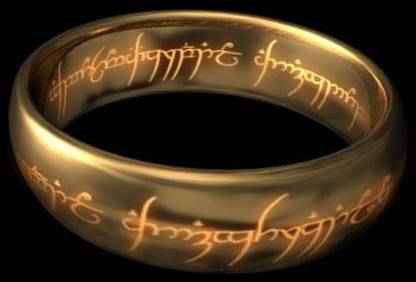Alfred Hitchcock coined the term “Maguffin” for an object in a story (in his case, specifically in films), an object that everyone in the story cares about but which wouldn’t really matter much to the audience outside the story. Such is Hitchcock’s influence that people tend to apply the term “Maguffin” to any special object in a story. By doing that they undercut potentially potent story elements.
The Scribbler’s Guide to the Land of Myth: Mythic Motifs for Storytellers contains an in-depth section on Special Objects, so I need not go into a full-on discussion of their meanings in this blog post. Instead, I’m just going to recapitulate the three basic types of objects: Maguffins (of course), Swords, and Grails. Maguffins are things that are important to the characters but which would have little intrinsic value for an audience member outside the story. The other two are objects which, if they were real outside the story, would have intrinsic value. Swords can be offensive and defensive weapons, while Grails are objects that give special benefits to their holders.
I was curious about how audience members feel about these special objects. What do they look like in stories?
The prototype for a Sword would of course be Excalibur. Given to the Hero by a mysterious supernatural figure, it bestows power and authority upon its holder.
This is a type of Special Object everyone recognizes. The Arthurian baggage is such that we don’t question the potentcy of the image.
But what if we as Storytellers take a step back from the obvious? We’re still in recognizable territory when we consider the lightsabers in Star Wars.
Again, its function as either offensive or defensive weapon is obvious. We don’t question it. And objectively, if such an object (a coherent, limited-length beam of light energy) existed, it would be a good thing in and of itself.
But what are other objects that would fall into the Sword category? Because not every story has a place for long, bladed weapons.
What about vehicles? These can serve offensive or defensive purposes, and many famous story vehicles would certainly be good things if they existed in and of themselves.
The true love in the life of Captain James T. Kirk is one such object. The Enterprise conveys a mystique of its own, beyond the fascination it holds for Kirk. Even a Klingon Bird of Prey brings the power of a Sword to a story (in the film Star Trek: The Voyage Home, for instance).
But vehicles of transportation as Special Objects are usually about more than just getting from Point A to Point B. There is often something about the character of the vehicle (if one may call it such) which adds depth to the story.
Even though the car isn’t actually his, the Ferrari Thomas Magnum drives colors his aura with panache and power. The fact that it is essentially borrowed adds to the depth of the stories.
Batman’s car ups the stakes in this particular game. It has special features unlike other cars, is armored, and supercharged for high speed.
The Delorean in the Back to the Future films brings time-travel to the menu of Special Features. “In and of itself” — if we discount the potential problems of messing with the time-stream — this could be a good thing.
Going further in that line of consideration, the Doctor’s TARDIS certainly belongs to this category of object. Not only does it get one from Point A to Point B in space, it does so in time as well. It has another feature of being larger on the inside than it is on the outside.
These objects show the range of possibilities that Swords can take on. So what about Grail-like objects?
I could point to stories that actually use the Holy Grail as a story element, but what we want to consider is the variety of appearances that Special Objects can take on. We can consider the Ark of the covenant as a sibling to the Grail.
The Ark, according to legend (or scripture, if you will), contains the fragments of the Ten Commandment stones, a serving of the manna from heaven, and the remains of Aaron’s staff. Each of those would be Special Objects on their own, which would qualify the Ark as a super Special Object. Because it was believed that the power of God sat upon it, it was also held to be dangerous to the foes of Israel.
It is frequently the case that such objects also must be handled in specific ways. It was certainly true of the Ark. But in the movie The Mummy, it was also true fo the Book of the Dead.
In that case, the object also had a misleading name to it, for “The Book of the Dead” conveyed the means by which the dead could be brought back to life.
The Maguffins carry less emotional weight for the audience. It is the nature of Maguffins that their importance rests entirely in how the characters regard them. Unlike the Swords and Grails which we would consider valuable in and of themselves outside the story, Maguffins don’t have that certain value. Famous Maguffins give us examples of such things.
The Maltese Falcon supposedly hides a fabulous fortune underneath its black exterior. The possibility of a fortune in it might qualify it as a type of Grail. But for the most part, it is a Maguffin. To take a step further away from obvious objective value we could look to Rosebud in Citizen Kane.
The reporter in the film searches through the life of Kane for the significance of the word “Rosebud,” the last utterance of the dying man. He never uncovers the reality that it referred to a forgotten, ordinary sled from Kane’s childhood. Rosebud’s value lies entirely in the significance that Kane himself gives it. It is valuable to us because he values it.
A Maguffin that has even less objective value is the Wilson volleyball in the film Castaway. Even as Tom Hanks’ character personalizes the ball, making it a “character,” objectively (outside the story) the changes would make the object less valuable. We only care about Wilson the Ball because Hanks cares.
So let us return to considering objects of objective value.
Is it possible to mix Swords and Grails in Special Objects?
Yes. But don’t do it casually. It works much better if you know specifically what you are doing.
An instance of such mixed Special Objects would be the Deathly Hallows in the Harry Potter stories.
The Hallows consist of three objects taken together: the Resurrection Stone, the Invisibility Cloak, and the Elder Wand. The Resurrection Stone is an apparent boon and thus a Grail, with its ability to restore the dead. The Invisibility Cloak might be a bit more challenging to classify: a Grail, if you consider invisibility a boon, or a Sword, if it is a weapon which can be used offensively or defensively. The Wand, however, would fall into the category of Sword.
The ambiguity of “mixed” Special Objects points us toward another consideration: not all Special Objects are intended to be good (in general terms). Some Special Objects are created with intentional evil purposes. We can look to Harry Potter again for such objects — in Voldemort’s Horcruxes.
In this case, it is worth noting that these objects were pre-existing objects in the world of Harry Potter which, for the most part are “ordinary.” The objects Voldemort chooses to make into Horcruxes are mostly of the maguffin category. They have significance to various characters (or groups of characters), but they would not be important to the audience outside the story. The two exceptions would be the snake Nagina and Harry himself. The objective intrinsic value of harry should be obvious. Nagina, however, is rather like a negative object (up to you to decide if she’s a Sword or Grail).
The key thing storytellers can learn from Rowling’s Horcruxes, however, is the useful story tool a negative Special Object can be. A negative Maguffin might not seem like much. But a negative Sword or Grail? Those could become very potent things with which you can test your Hero.
Tolkien’s One Ring in The Lord of the Rings is such an Object. A Negative Grail, it corrupts those that engage with it. The object of Frodo’s quest is the destruction of this blight — unusual in quest stories, which more often are about the acquiring of some boon for society.
As you can see, a storyteller has a wide range of options in using Special Objects in stories. Knowing what type of object you want yours to be will aid you in presenting it to the audience in the strongest way possible.

